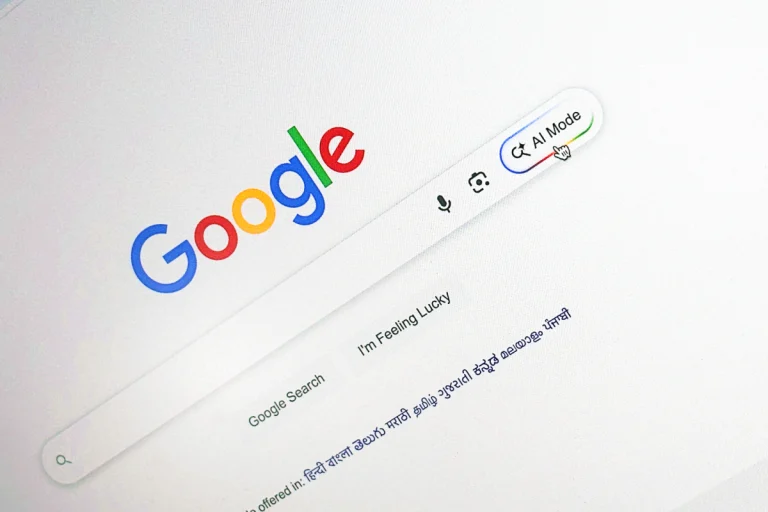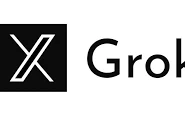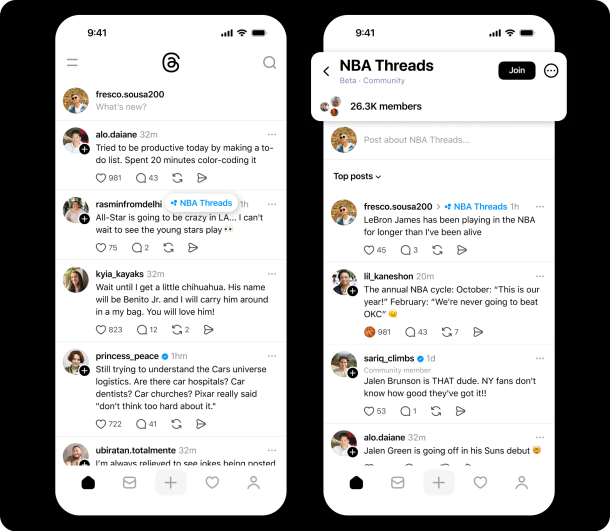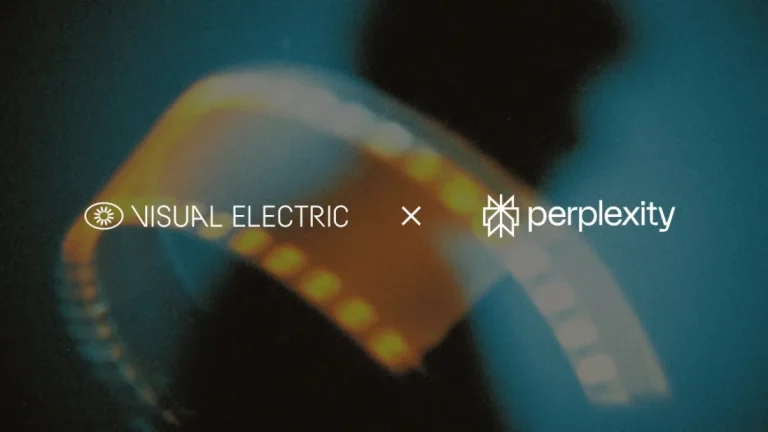
Learning a new language just got a high-tech upgrade—and it’s not your average flashcard app. Google is quietly experimenting with something fresh, bold, and oddly personal: Little Language Lessons, a collection of prototype apps powered by their Gemini AI models. It’s a glimpse into how generative AI could completely reinvent how we approach education, especially in areas like language learning that are often clunky, outdated, and disconnected from real life.
As reported by AI Magazine, Let’s be real: most of us learned a new language from dry textbooks, awkward classroom role-plays, or some app that made us repeat “Where is the library?” like we were preparing for a 1980s European backpacking trip. Google is saying… there’s a better way.
Built by a small team of engineers, Little Language Lessons is less about memorizing conjugations and more about using AI to craft immersive, context-specific learning moments. Aaron Wade, one of the creative technologists behind the project, nails the problem: “Learning a spoken language often happens in a vacuum. It feels disconnected from real-world situations where language actually matters.”
So, what’s the fix? Three experimental apps designed to make language learning intuitive, visual, conversational—and yes, AI-powered.
Experiment 1: Tiny Lesson
This one’s all about real-world context. Lost your passport? Need to ask for directions in Tokyo? Tiny Lesson taps Gemini’s ability to spit out structured vocab and grammar tips tailored to exactly what you need, when you need it. The app pulls from Gemini’s language muscle using two separate API calls: one for vocabulary/phrases and another for relevant grammar. It’s like a modular AI tutor that actually speaks to your situation.
Experiment 2: Slang Hang
Now let’s talk fluency. Not just grammar-check-passing fluency, but sounding like a real human. Slang Hang creates entire conversations between native speakers using informal language and cultural expressions. Think street vendor banter or a chat on the subway. You even get explanations of the slang in context. Sure, Gemini sometimes invents a word or messes up usage (AI still has its off days), but the emergent storytelling here is next-level. Every conversation is unique. No two interactions are the same.
Experiment 3: Word Cam
This one is pure magic. Point your phone camera at something—a chair, a cup, a tree—and Word Cam labels the object in your target language. It’s Gemini’s multimodal capacity on full display: visual recognition meets linguistic translation. And to top it off, Google throws in Cloud Text-to-Speech so you can hear how the word is pronounced. Real-world objects become language lessons. That’s what modern immersion looks like.
Of course, the system isn’t perfect. Accent representation still needs work, especially for less common languages. And users are encouraged to cross-check slang with real-world sources. But let’s not miss the point—these are experiments. And they’re already pushing the envelope.
What Google is showing here is bigger than just language learning. It’s a template for how AI can personalize education, turn passive learning into active interaction, and close the gap between “knowing the word” and actually using it in real life.
This isn’t just good news for learners. It’s a signal to developers, educators, and AI innovators: the classroom is being rewritten—and it might just fit in your pocket.








